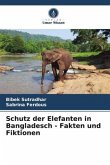

Broschiertes Buch
28. August 2017
LAP Lambert Academic Publishing
Broschiertes Buch
11. August 2024
Editions Notre Savoir
Broschiertes Buch
11. August 2024
Edições Nosso Conhecimento
Broschiertes Buch
11. August 2024
Edizioni Sapienza
Ähnliche Artikel

Broschiertes Buch
gegenüberliegende Sykes-Affen (Cercopithecus Mitis) in Diani, Kenia
22. Juli 2021
Verlag Unser Wissen

Broschiertes Buch
14. Februar 2023
Verlag Unser Wissen
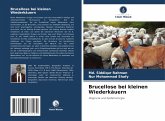
Broschiertes Buch
Diagnose und Epidemiologie
22. Mai 2024
Verlag Unser Wissen

Broschiertes Buch
Eine anatomische Studie
Aufl.
20. März 2012
Südwestdeutscher Verlag für Hochschulschriften
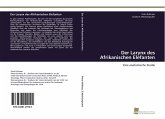
Broschiertes Buch
Eine anatomische Studie
Aufl.
24. Oktober 2011
Südwestdeutscher Verlag für Hochschulschriften

Broschiertes Buch
Prävalenz, klinische und hämatologisch-biochemische Veränderungen und therapeutische Behandlung von Babesia gibsoni-Infektionen bei Hunden
7. November 2022
Verlag Unser Wissen
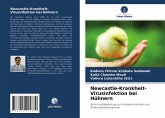
Broschiertes Buch
Rolle und Bedeutung von Oxidationsmitteln und Antioxidantiensystemen
29. Oktober 2021
Verlag Unser Wissen
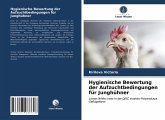
Broschiertes Buch
Loman White cross in der OJSC Vyatsko-Polyanskaya Geflügelfarm
3. August 2021
Verlag Unser Wissen

Broschiertes Buch
Physiologie und zeitlich begrenzte künstliche Besamung
30. Juni 2024
Verlag Unser Wissen

Broschiertes Buch
28. November 2021
Verlag Unser Wissen
Ähnlichkeitssuche: Fact®Finder von OMIKRON
